Oceanic carbon cycle. Animation of some of the processes that form the oceanic carbon cycle, part of the larger overall carbon cycle for the whole Earth. The oceanic part of the cycle is where carbon from the atmosphere, in the form of the gas carbon dioxide (CO2), is taken up by biological and physical processes in the oceans. The opening part of the clip shows carbon dioxide dissolving in the oceans. This dissolved CO2 is taken up by phytoplankton and other photosynthetic marine organisms (carbon fixation), releasing oxygen (O2). The oxygen is taken up by fish through their gills, and the carbon is also taken up when fish eat phytoplankton and other plants. The fish is shown breathing out carbon dioxide from its gills as it swims away. Carbon dioxide in the water forms carbonic acid (H2CO3), which in turn forms equilibria with the bicarbonate ion (HCO3) and the carbonate ion (CO3). These carbon-containing ions are taken up in the shells of marine organisms such as coccoliths (spherical) and shellfish such as mussels. These processes take place in the upper parts of the ocean. The final part of the clip shows arrows marking these carbon transport processes. The downward pointing arrow indicated a process known as the biological pump. This is where biological processes drive carbon deeper into the ocean as dead tissues containing carbon sink to the ocean floor. These form sediments and sedimentary calcium-based rocks such as limestone.
Details
WebID:
C01840212
Clip Type:
RM
Super High Res Size:
1920X1080
Duration:
00:02:02.000
Format:
QuickTime
Bit Rate:
25 fps
Available:
download
Comp:
200X112 (0.00 M)
Model Release:
NO
Property Release
No

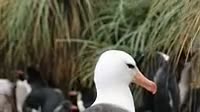
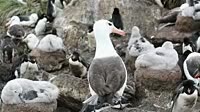
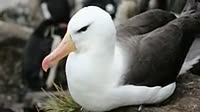
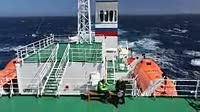
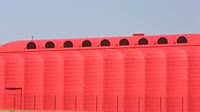
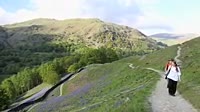



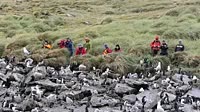
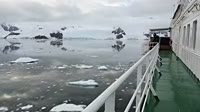
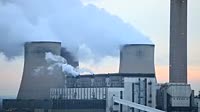
 Loading
Loading